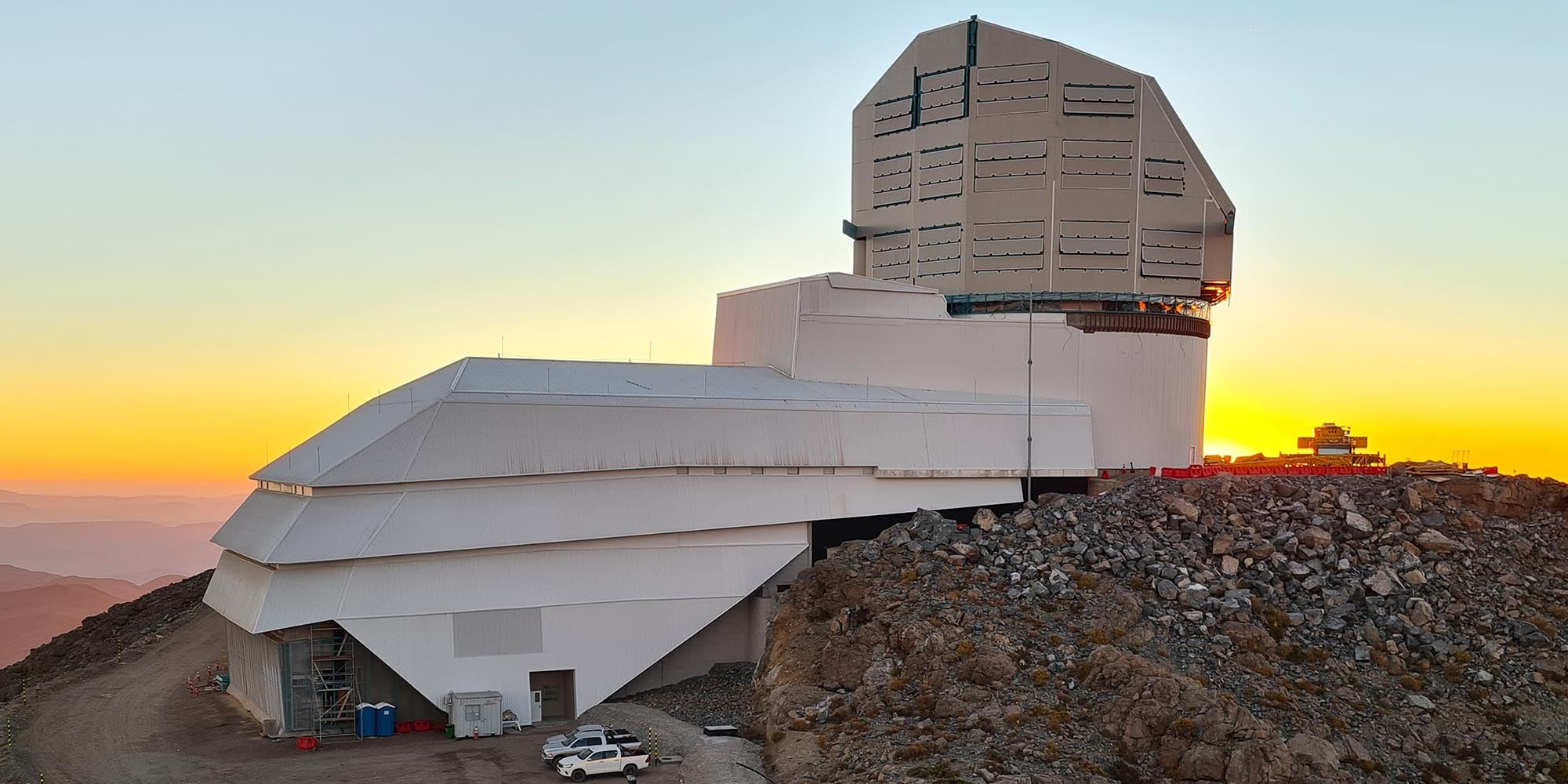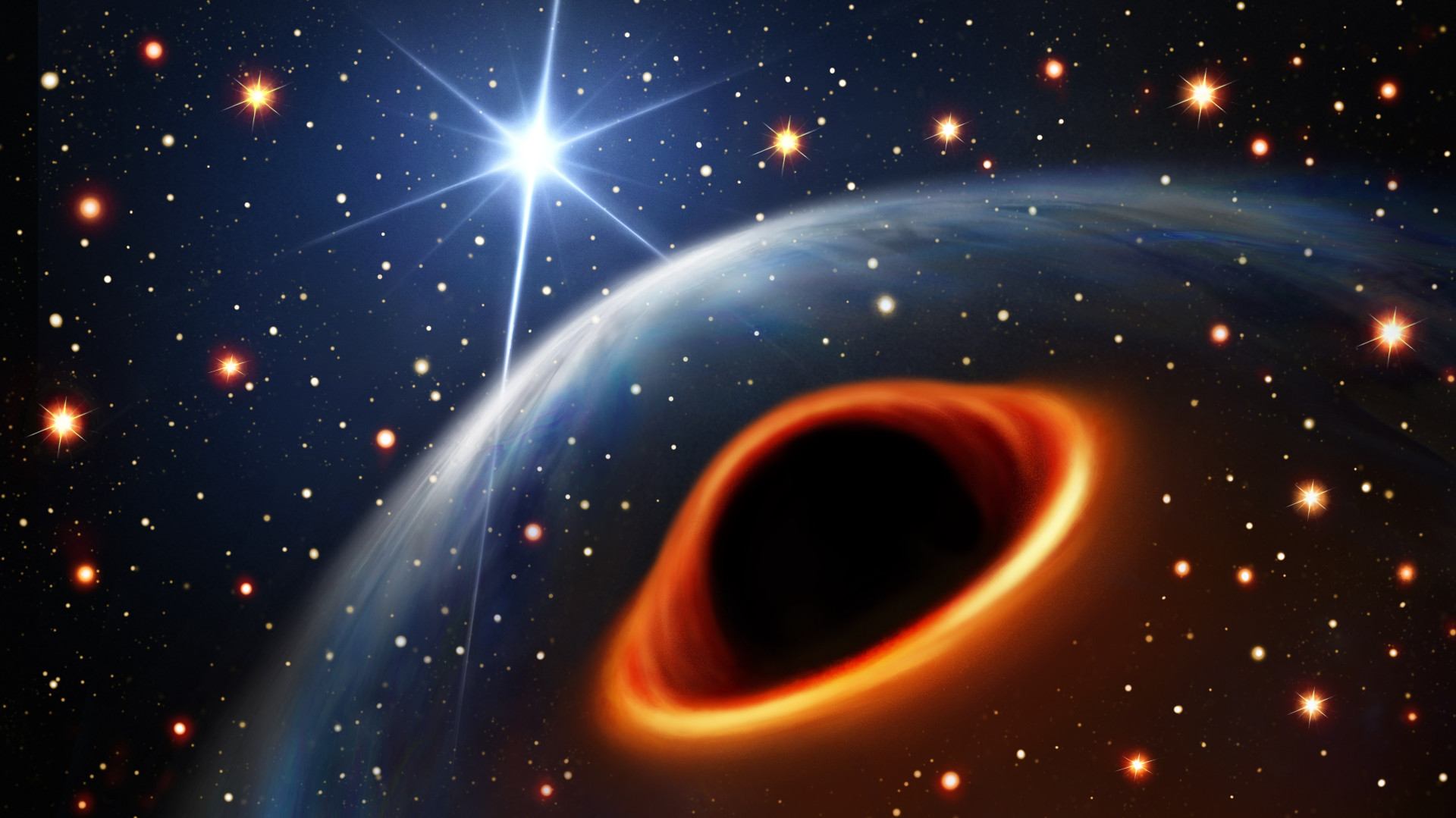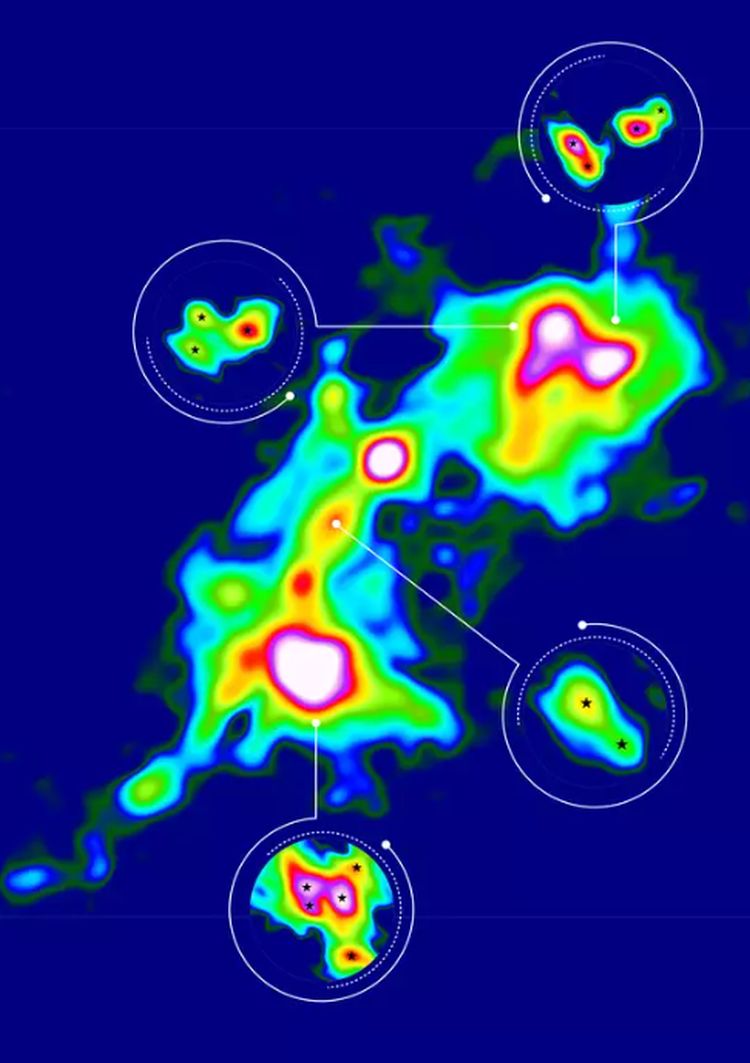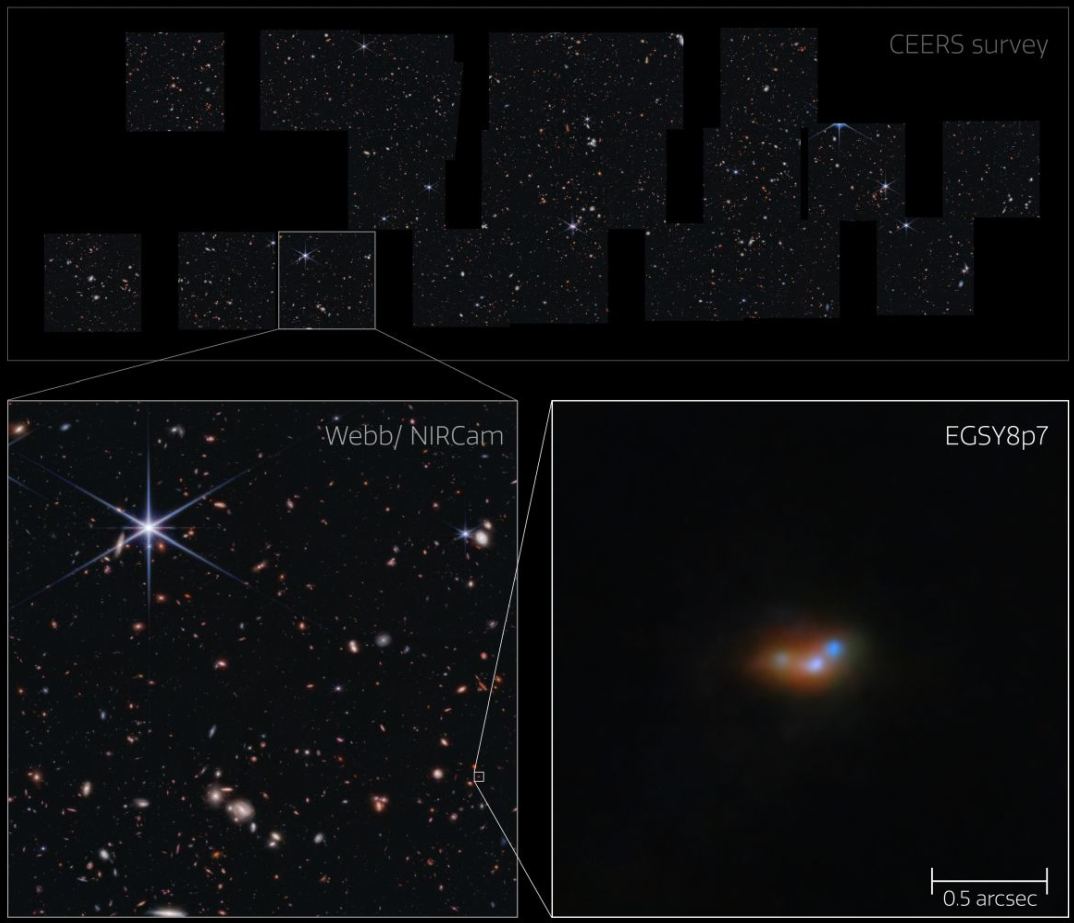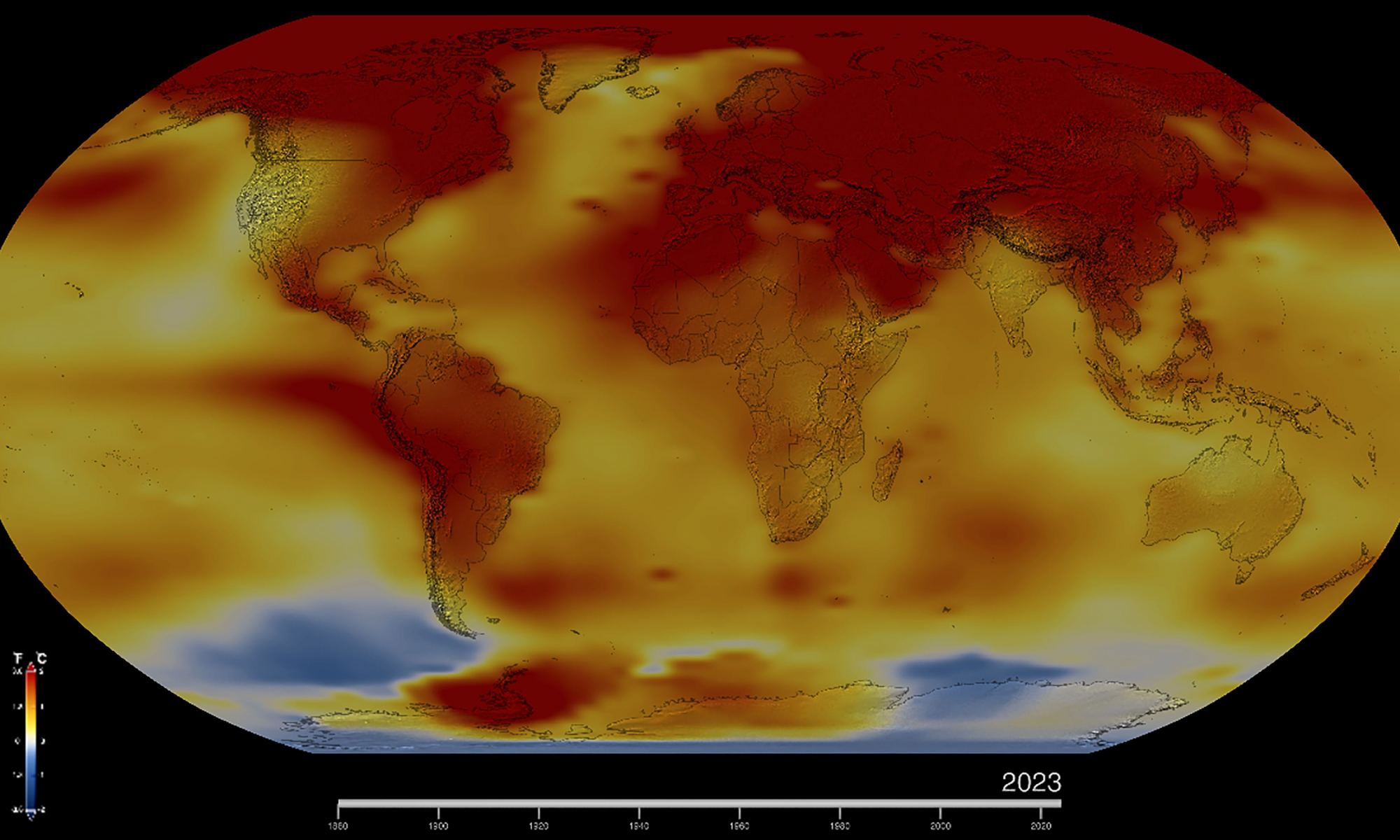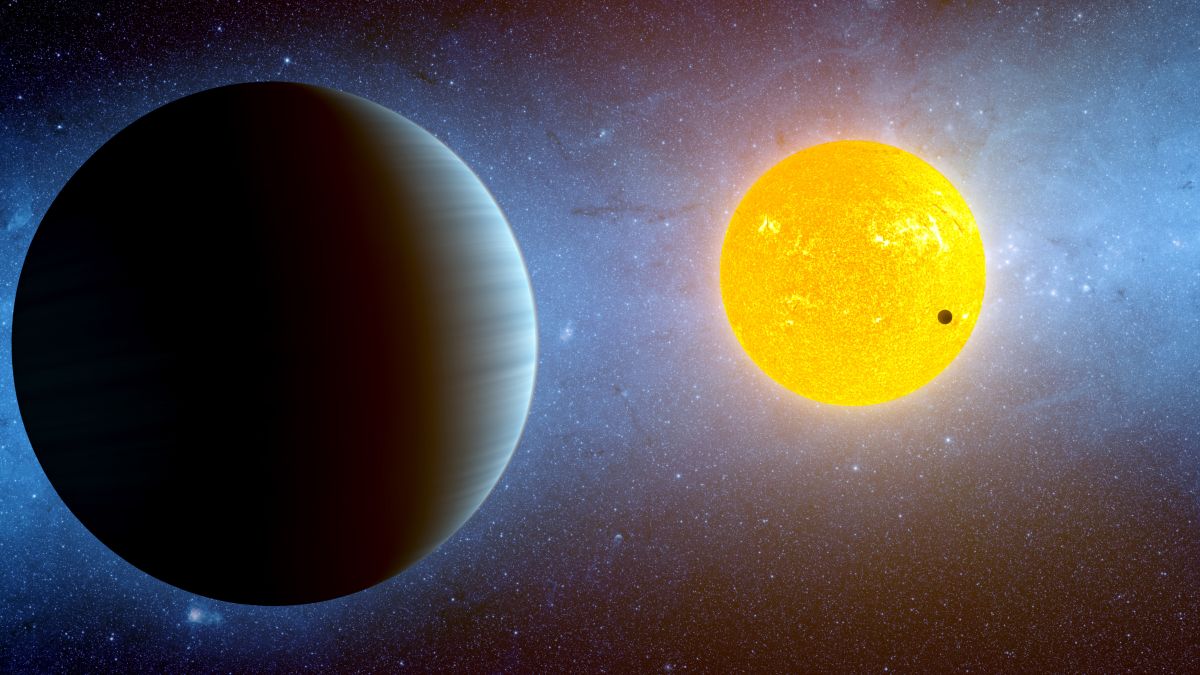The Vera Rubin Observatory (VRO) is something special among telescopes. It’s not built for better angular resolution and increased resolving power like the European Extremely Large Telescope or the Giant Magellan Telescope. It’s built around a massive digital camera and will repeatedly capture broad, deep views of the entire sky rather than focus on any individual objects.
By repeatedly surveying the sky, the VRO will spot any changes or astronomical transients. Astronomers call this type of observation Time Domain Astronomy.
Continue reading “Vera Rubin Will Help Us Find the Weird and Wonderful Things Happening in the Solar System”
